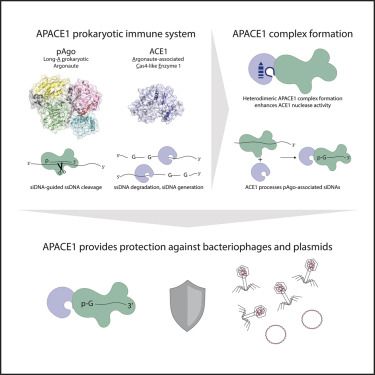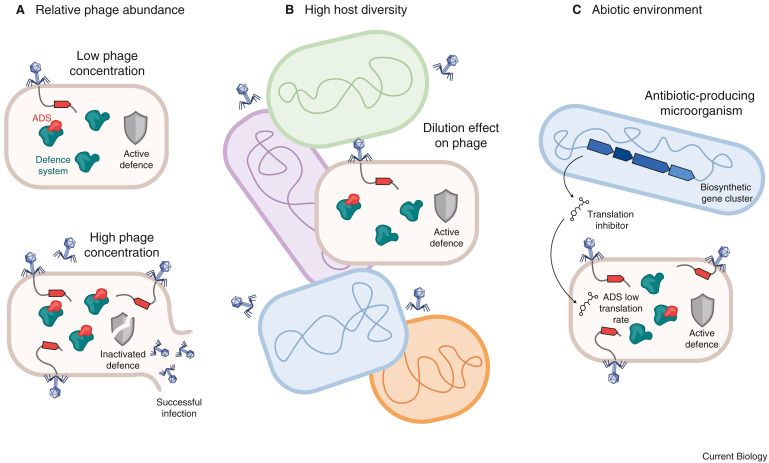In another study, we recently showed that cyanobacteria lack RecBCD/AddAB:
sciencedirect.com/science/arti...

In another study, we recently showed that cyanobacteria lack RecBCD/AddAB:
sciencedirect.com/science/arti...




Those experiments as well as the crystal structure of CtAgo do not reveal why they would need ACE as partner.

Those experiments as well as the crystal structure of CtAgo do not reveal why they would need ACE as partner.
Our analysis shows that despite their family name, ACEs look more like the nuclease domains of AdnAB and AddAB than like CRISPR-Cas4.

Our analysis shows that despite their family name, ACEs look more like the nuclease domains of AdnAB and AddAB than like CRISPR-Cas4.
cell.com/molecular-ce...
Most long-A pAgos interfere with invading DNA solo. Why then are cyanobacterial pAgos co-encoded with a Cas4-like protein?

cell.com/molecular-ce...
Most long-A pAgos interfere with invading DNA solo. Why then are cyanobacterial pAgos co-encoded with a Cas4-like protein?

We also discuss the selective pressure that acts on anti-defence system maintenance.

We also discuss the selective pressure that acts on anti-defence system maintenance.
You can find a selection here:
www.cell.com/cell-reports...
www.nature.com/articles/s41...
www.cell.com/trends/micro...

You can find a selection here:
www.cell.com/cell-reports...
www.nature.com/articles/s41...
www.cell.com/trends/micro...
Evolution and ecology of anti-defence systems in phages and plasmids
Link: www.cell.com/current-biol...


Evolution and ecology of anti-defence systems in phages and plasmids
Link: www.cell.com/current-biol...


To my surprise, in some bacterial taxa RecBCD, AddAB, and AdnAB are almost completely absent...

To my surprise, in some bacterial taxa RecBCD, AddAB, and AdnAB are almost completely absent...

It started with a simple question: Are certain prokaryotic immune systems always (or never) encoded with specific DNA repair proteins?...

It started with a simple question: Are certain prokaryotic immune systems always (or never) encoded with specific DNA repair proteins?...

